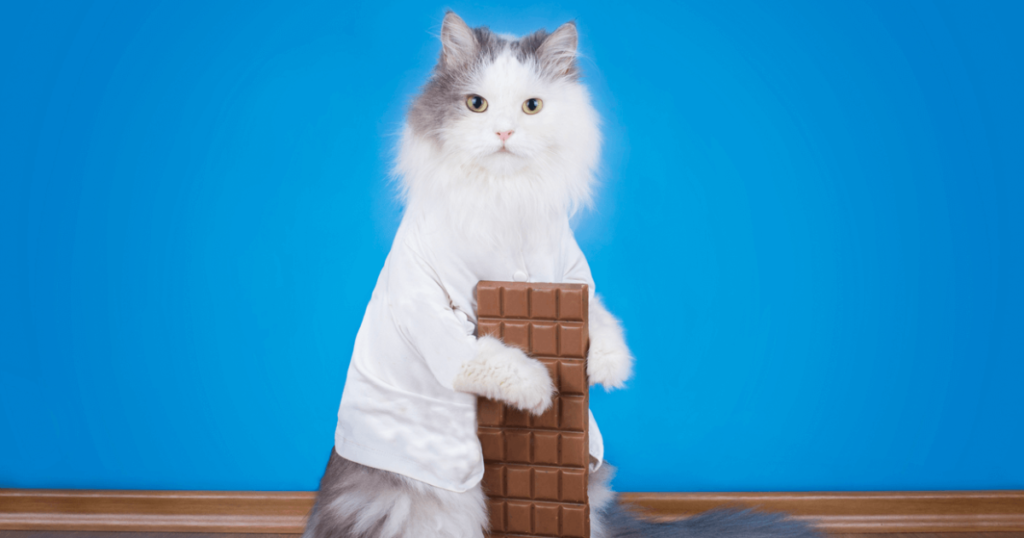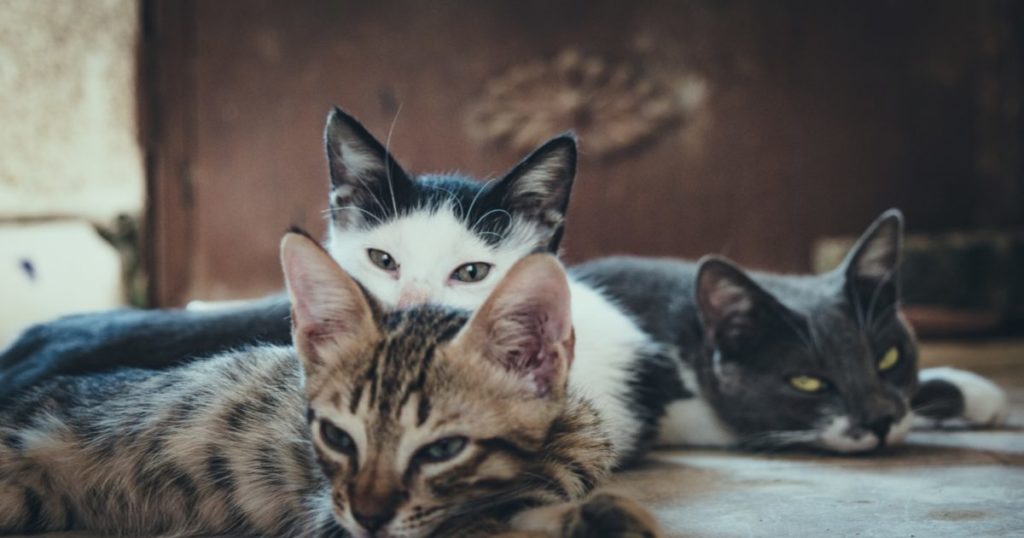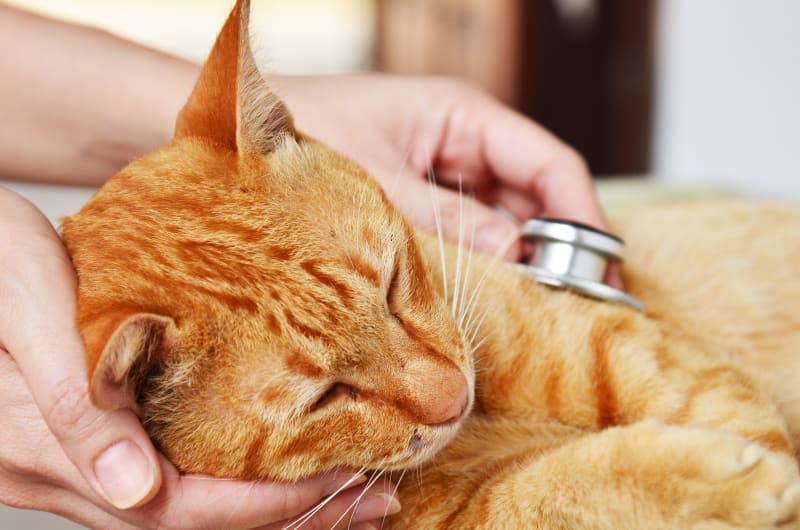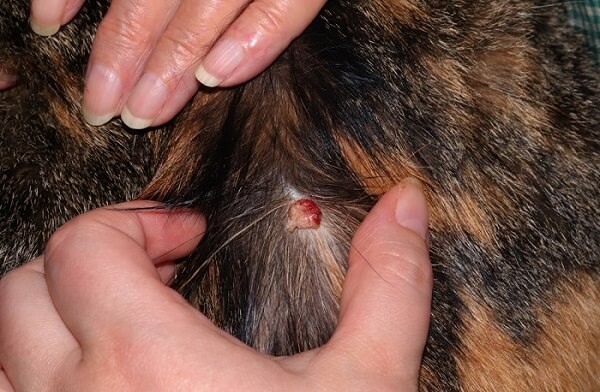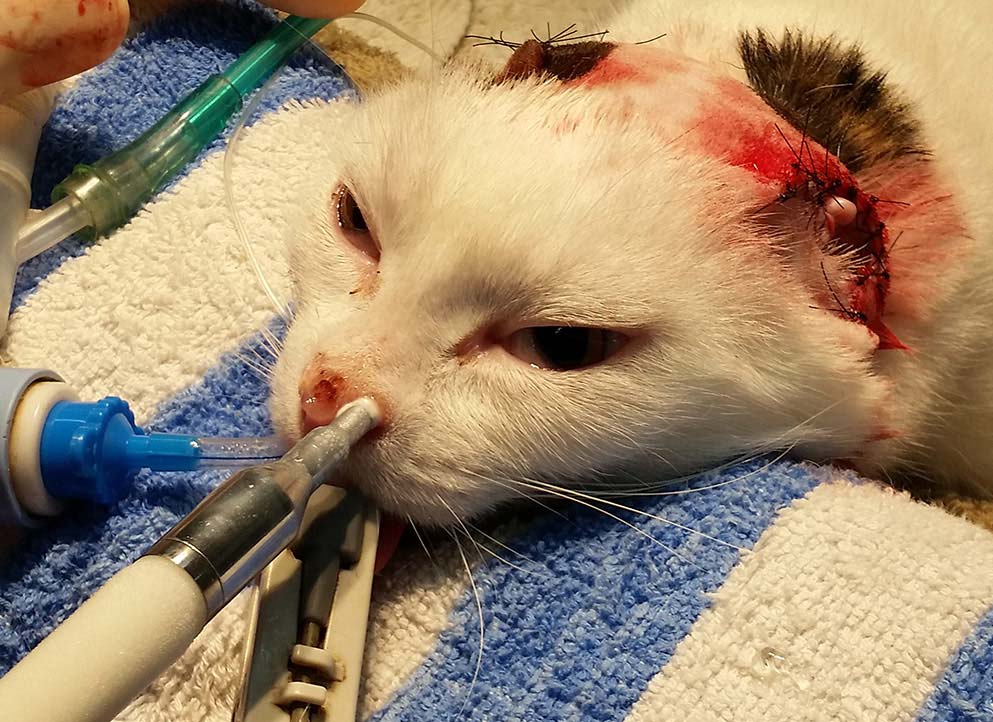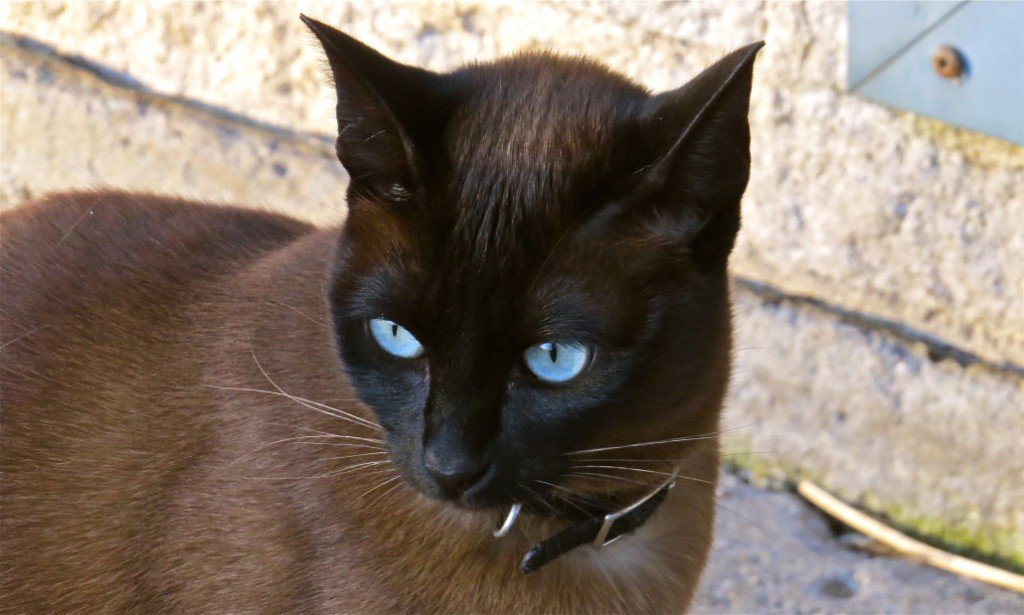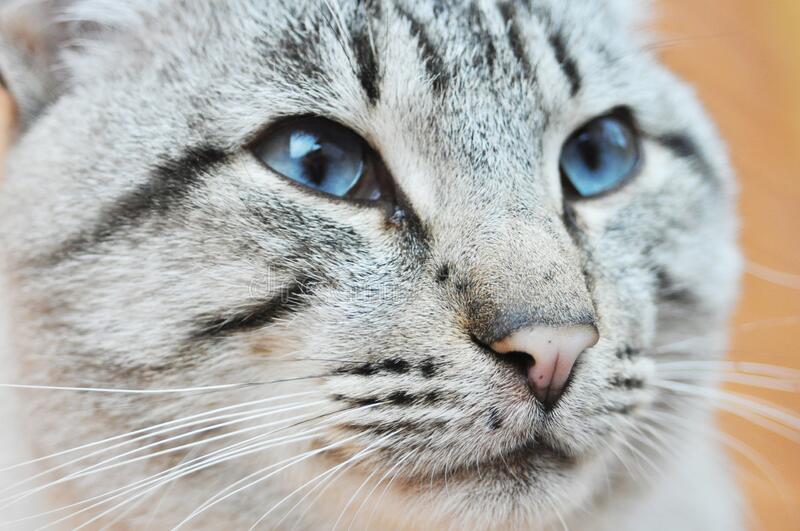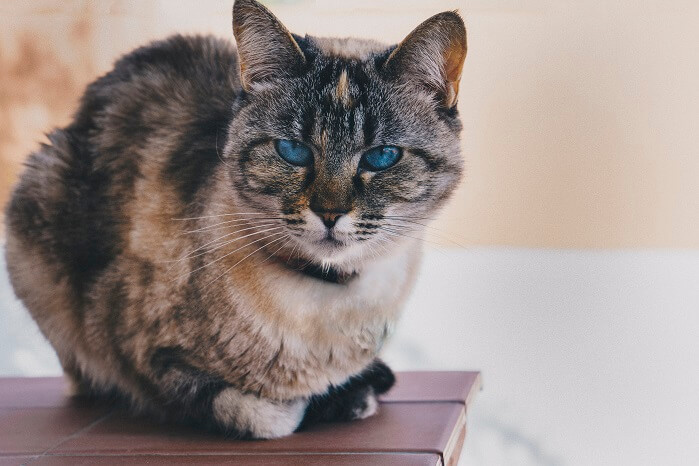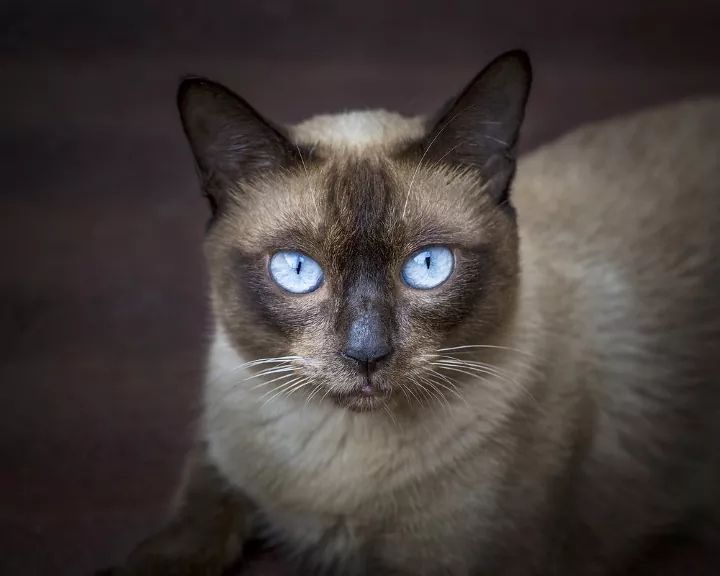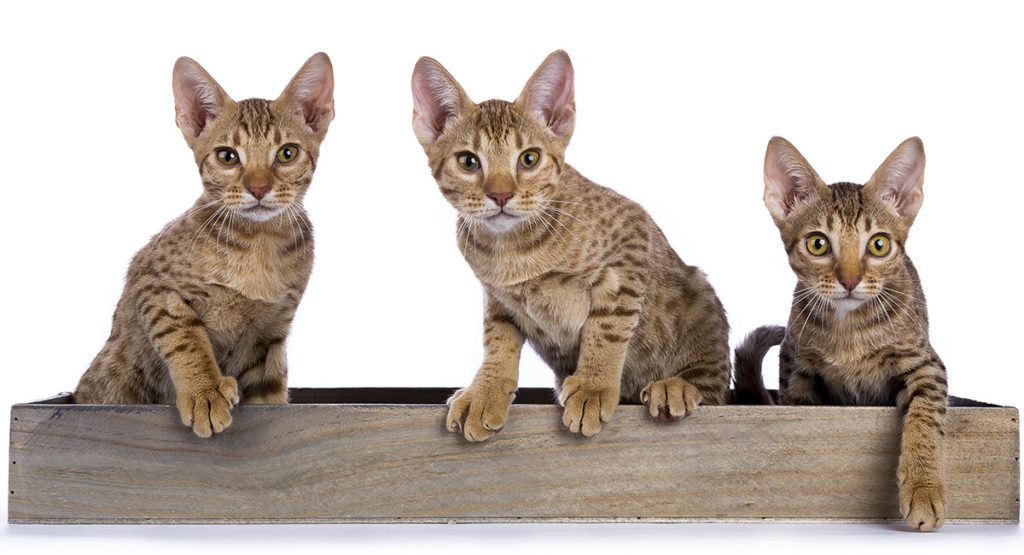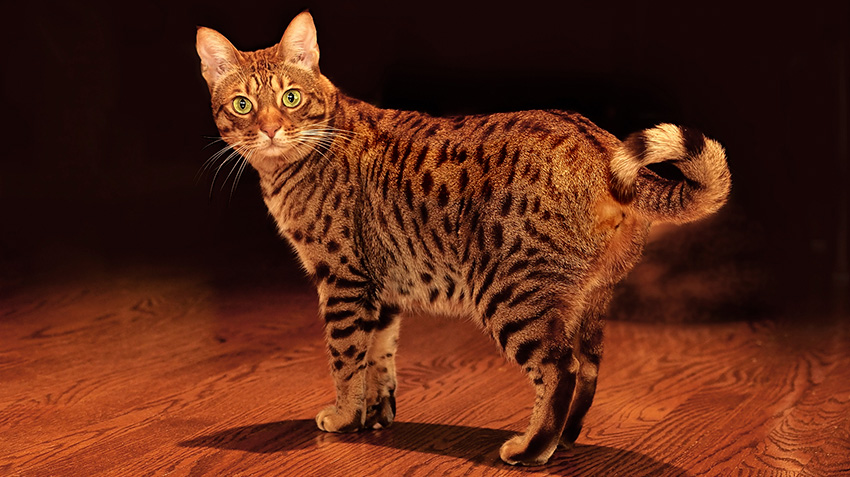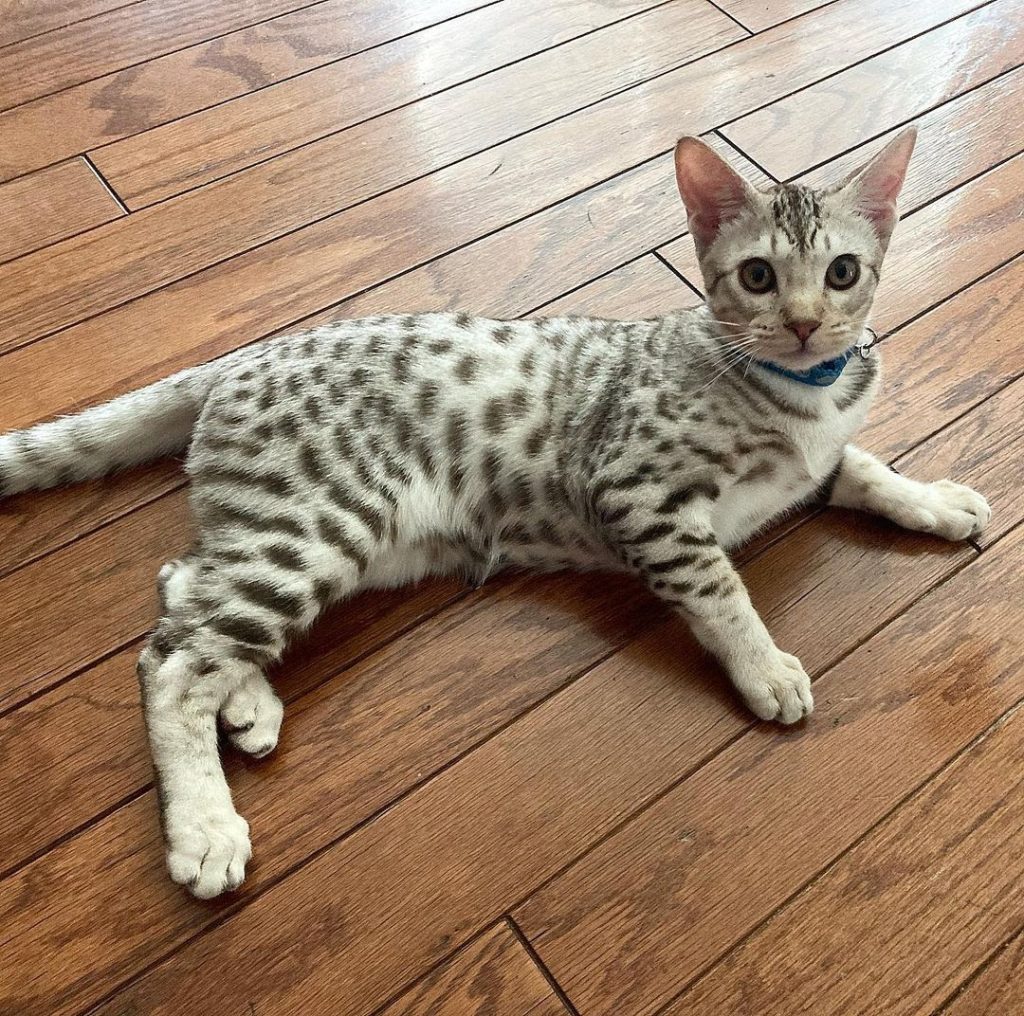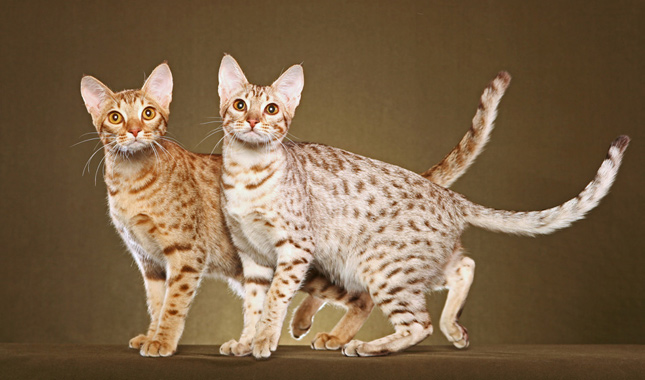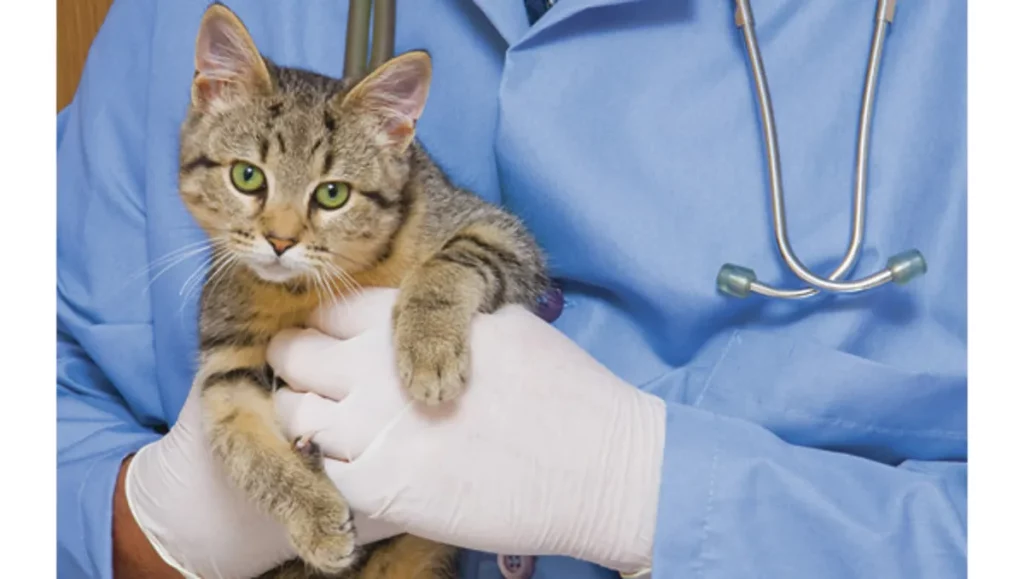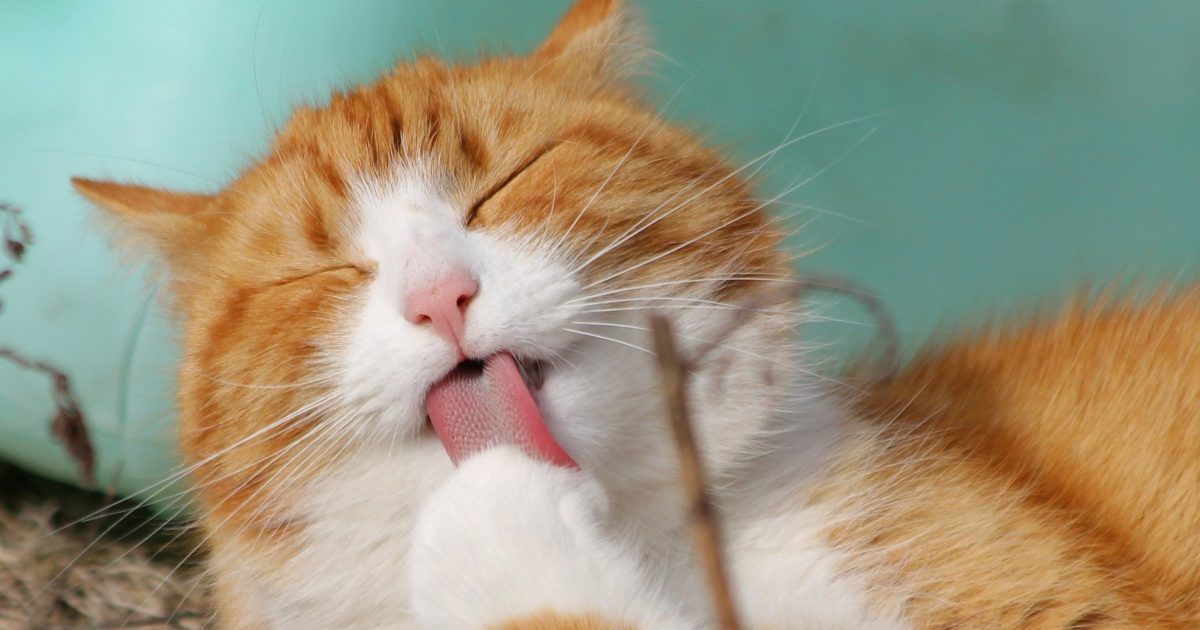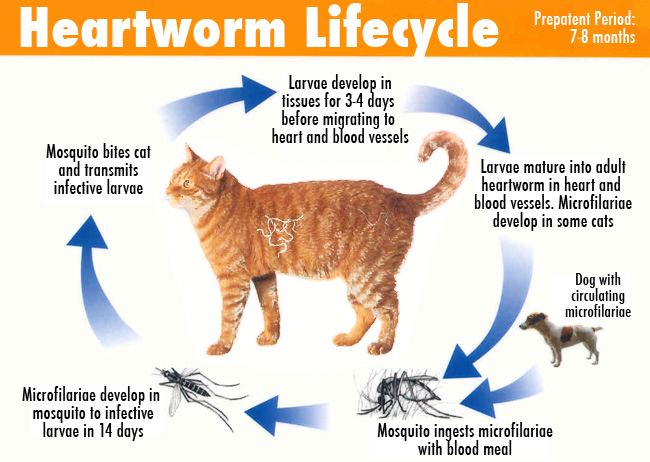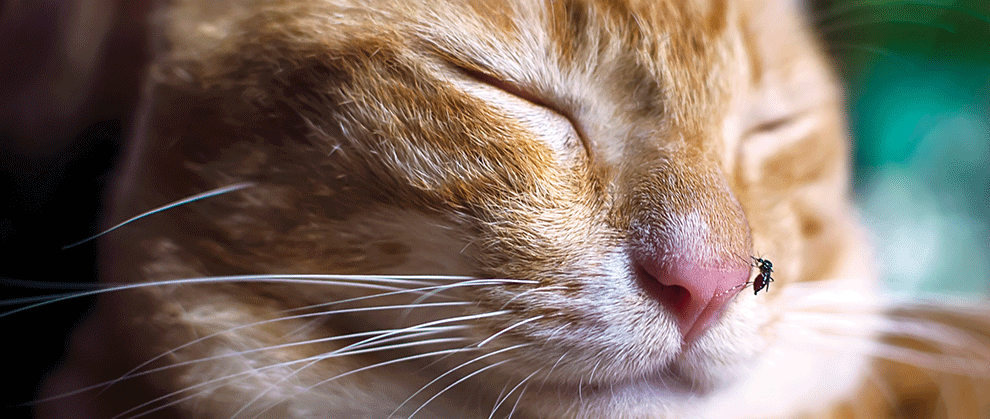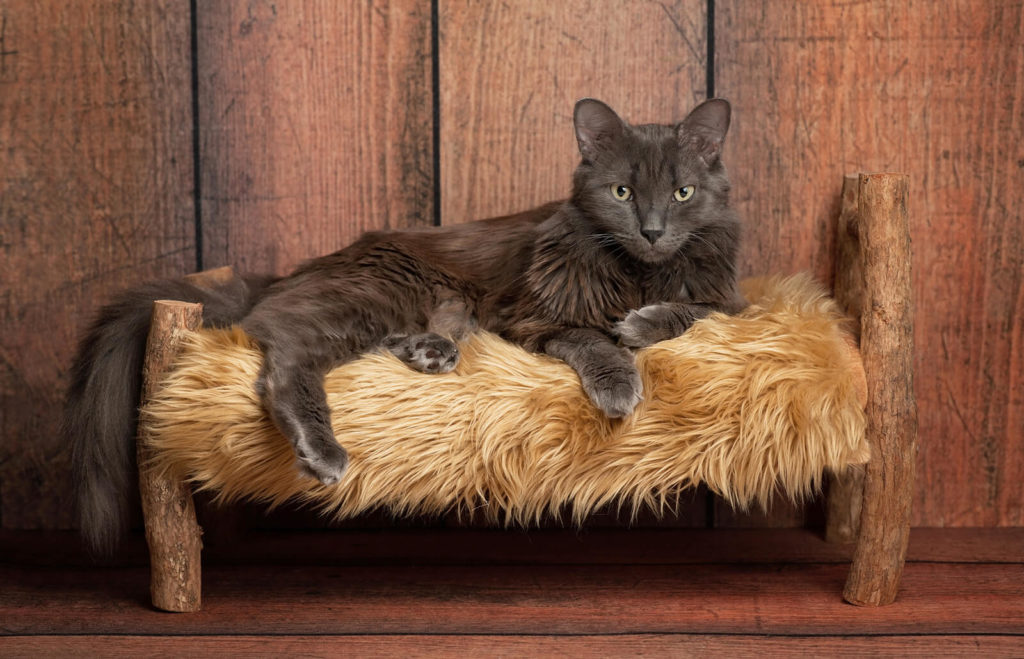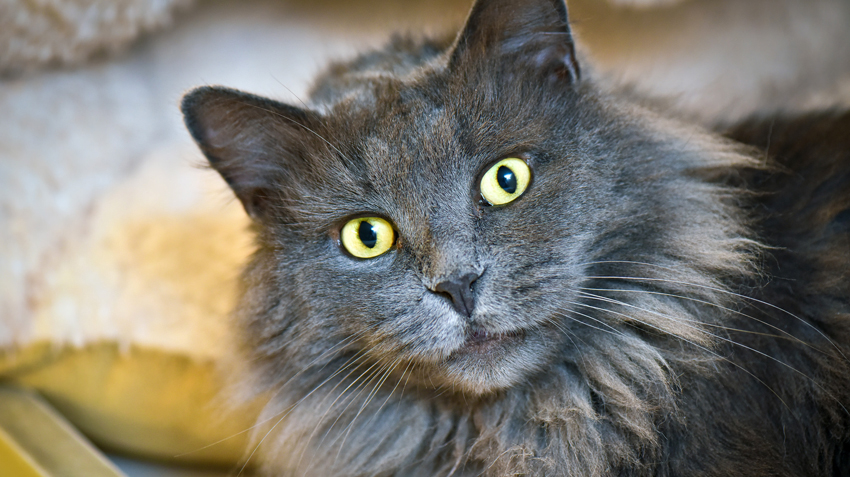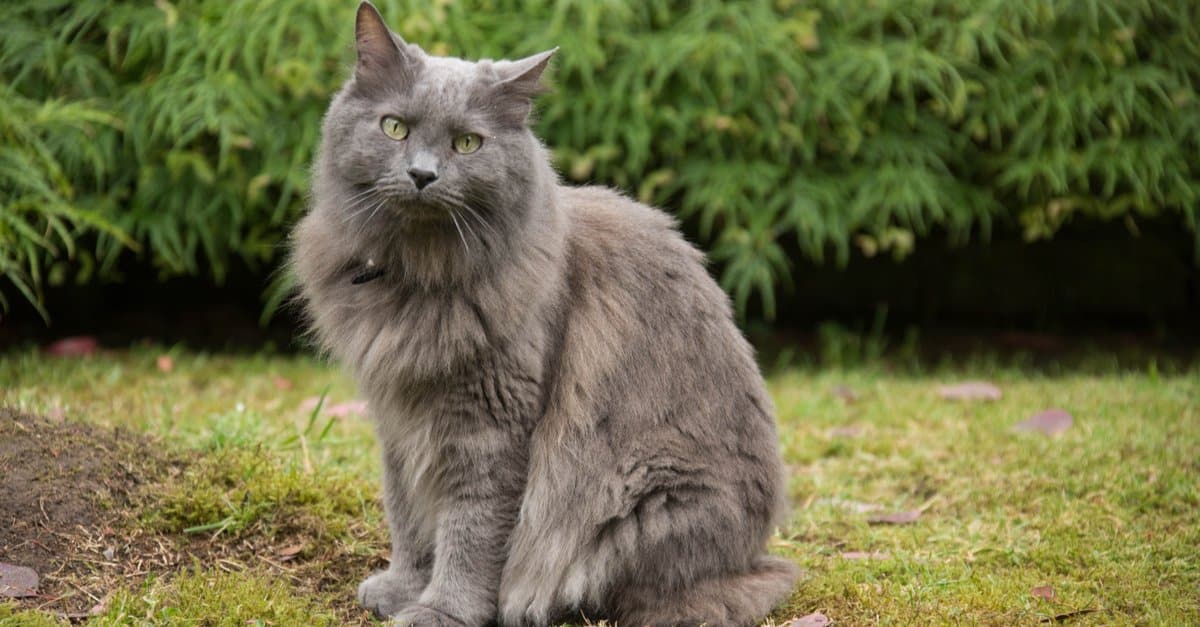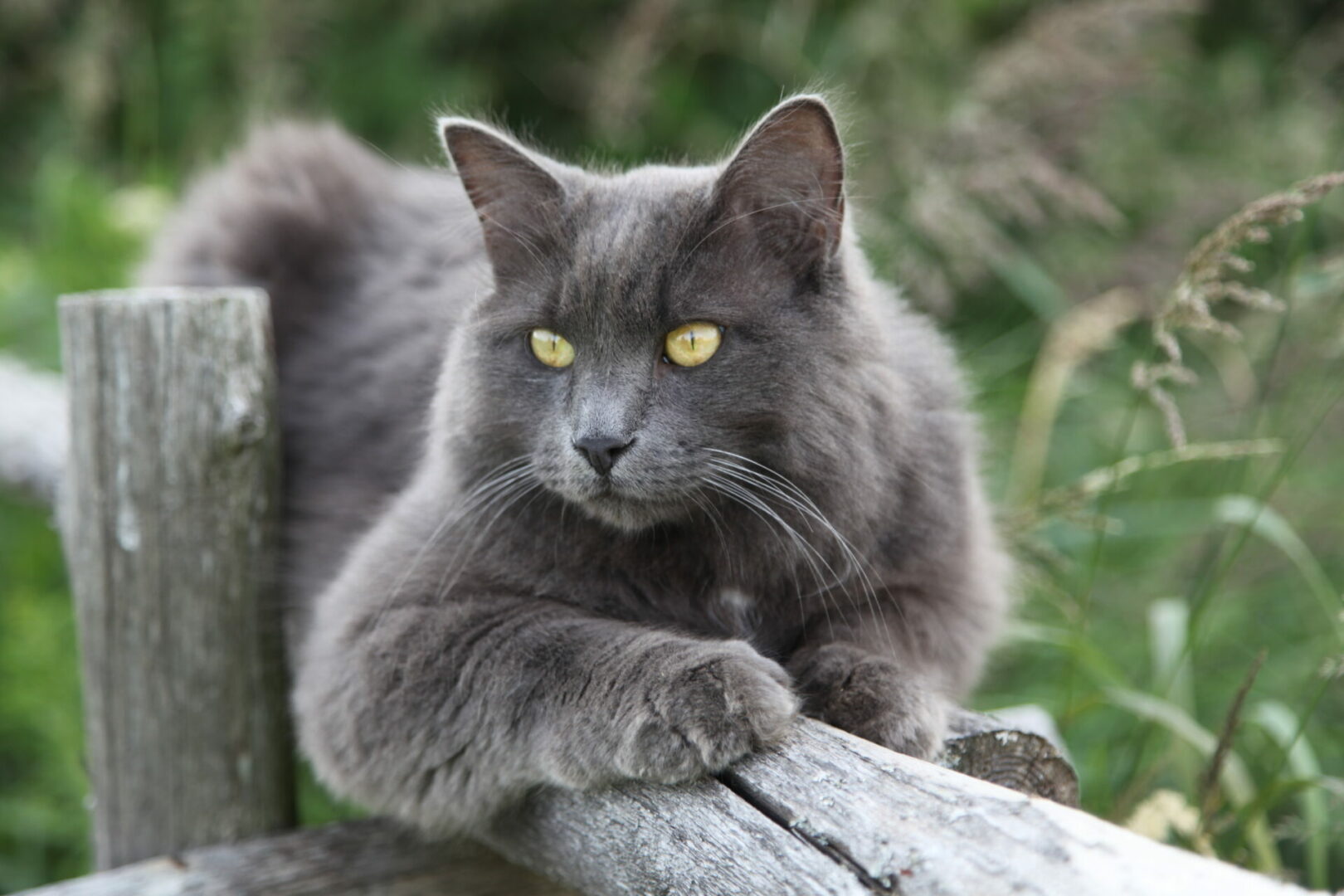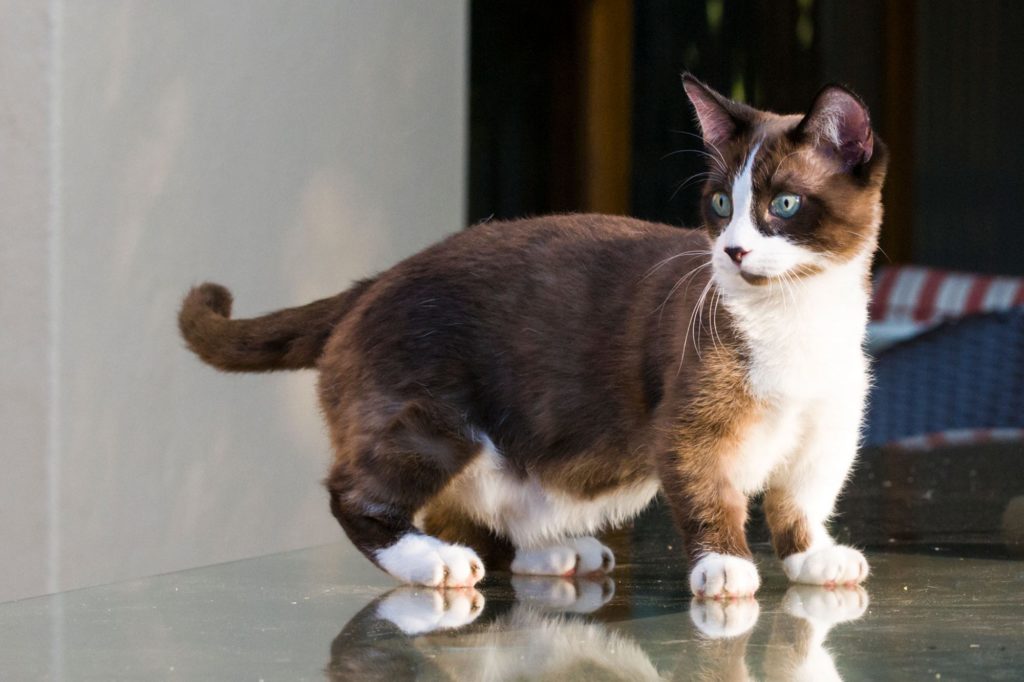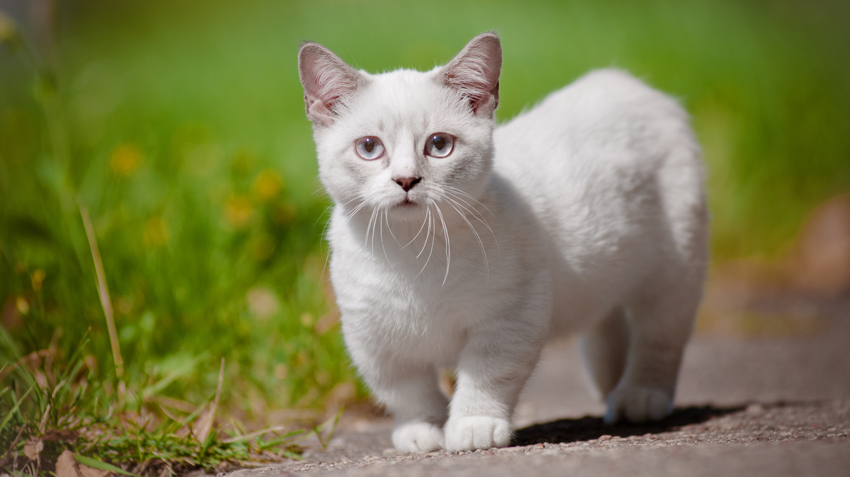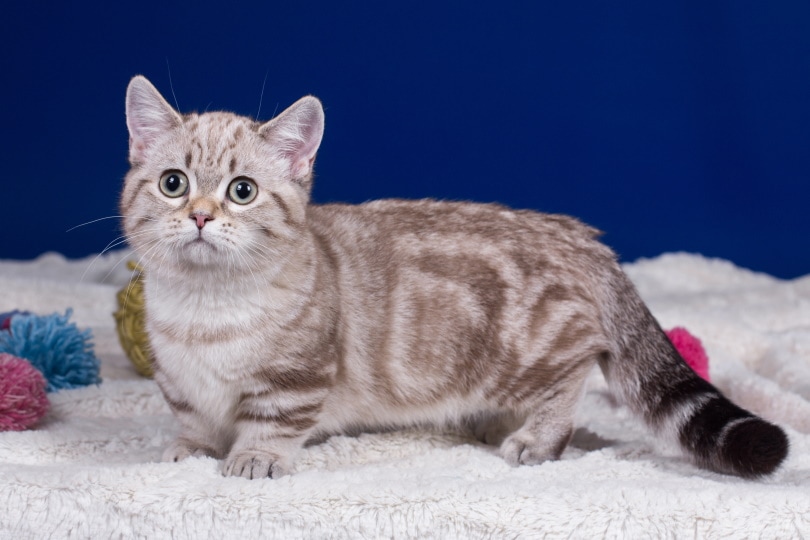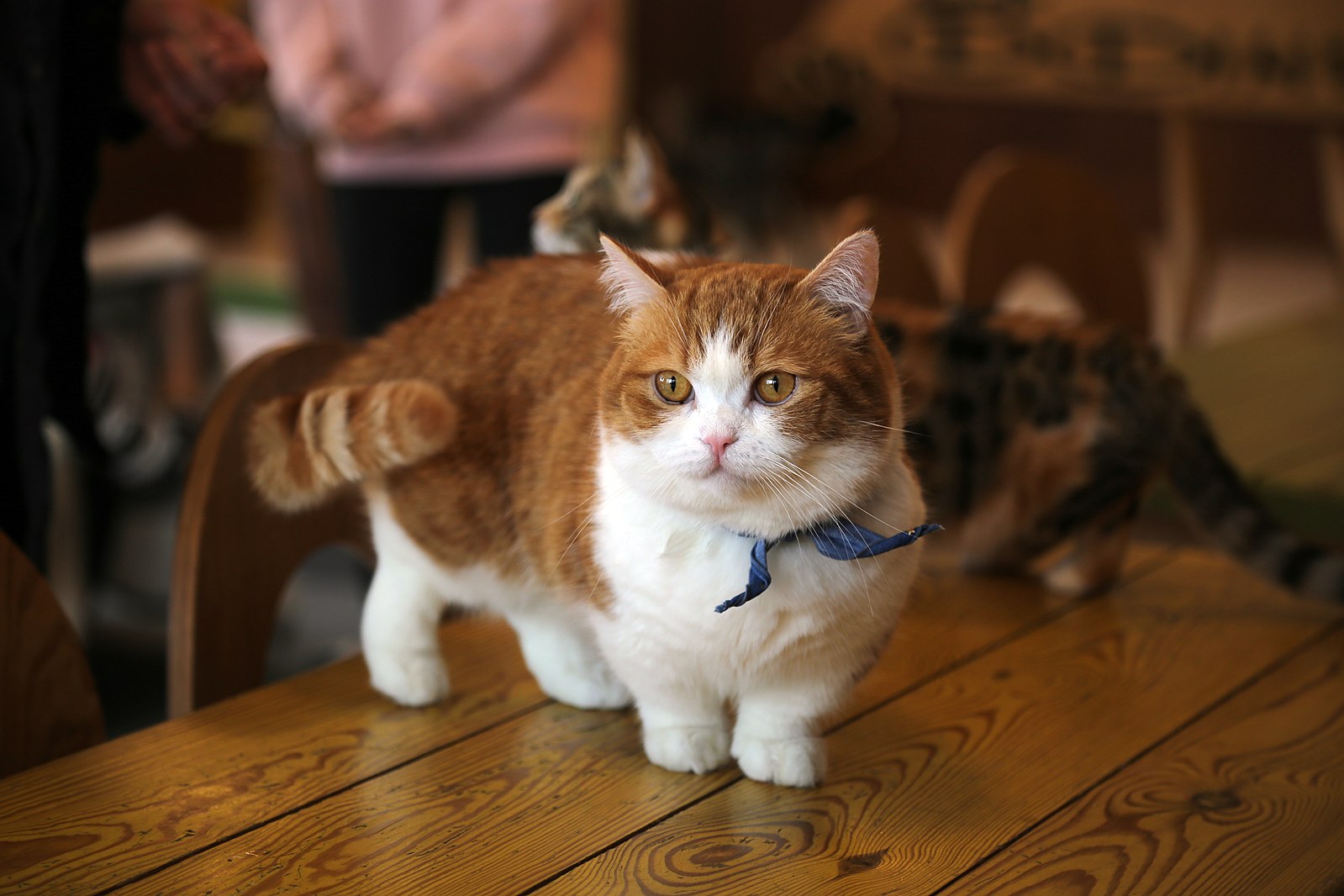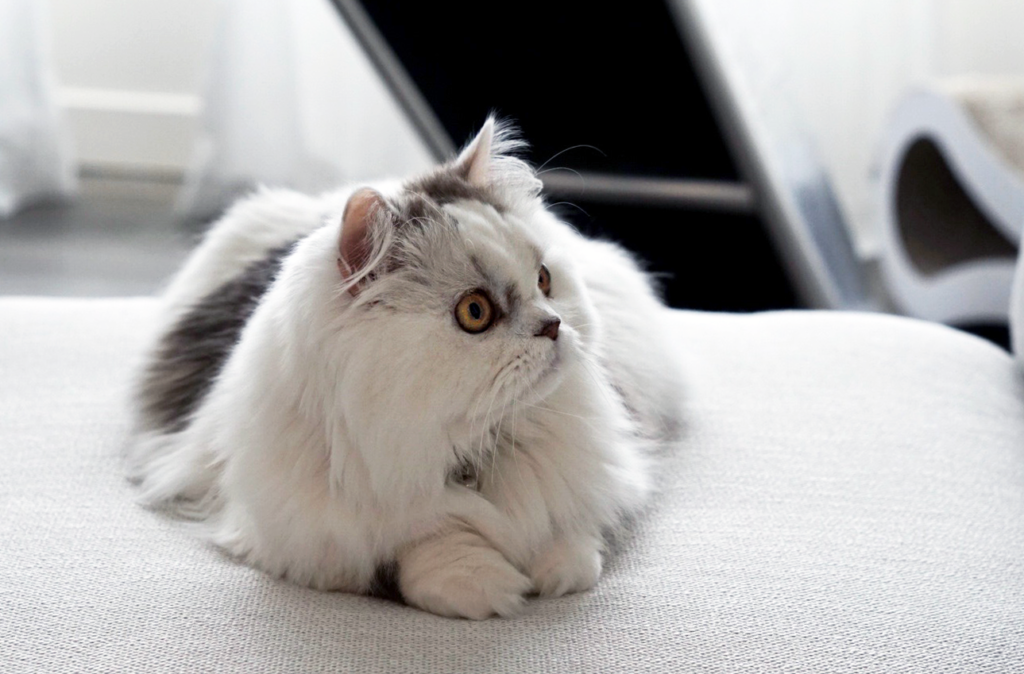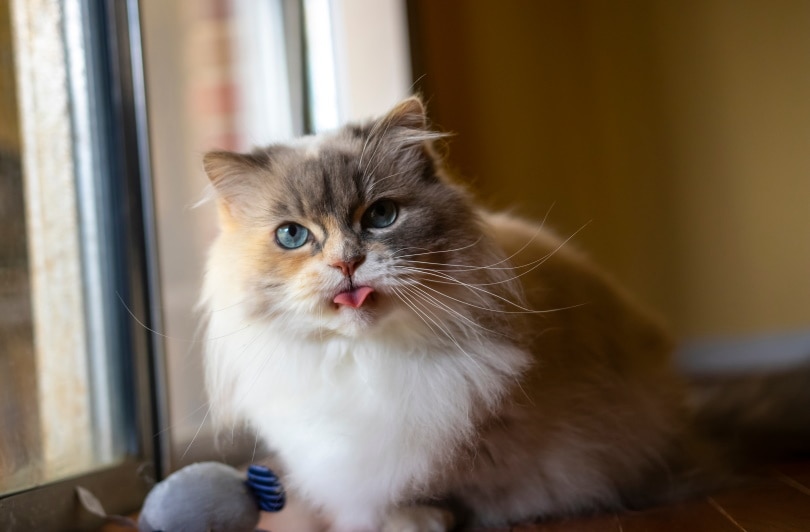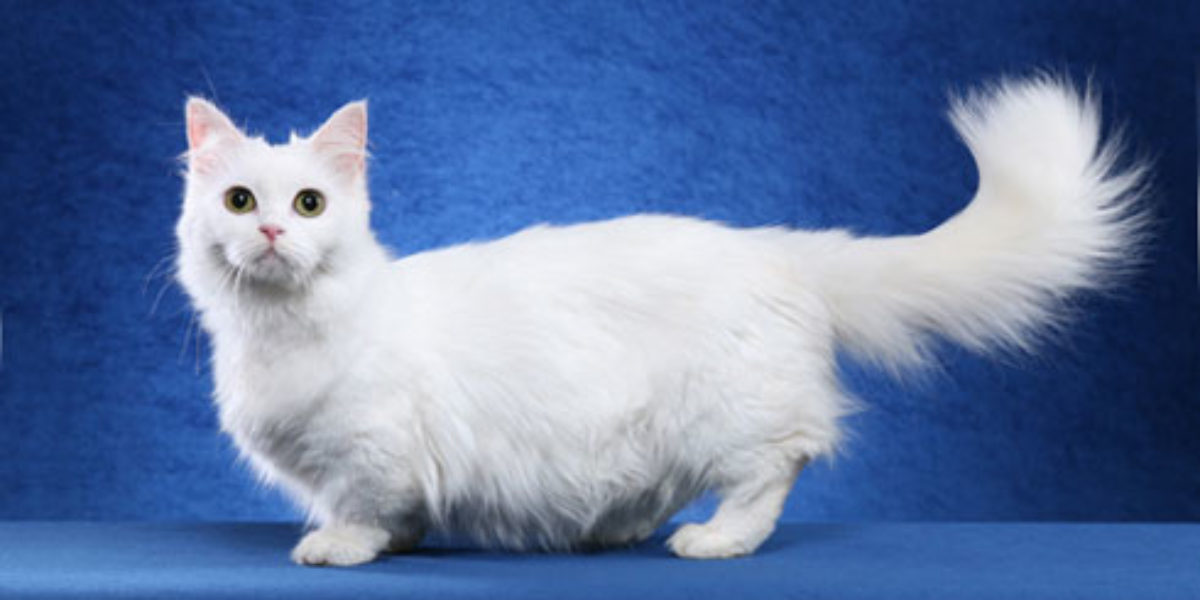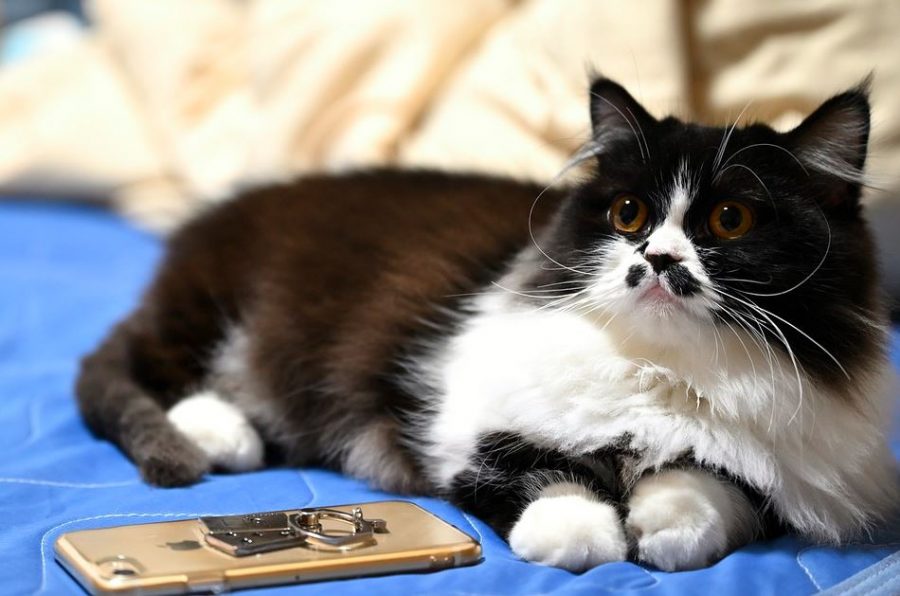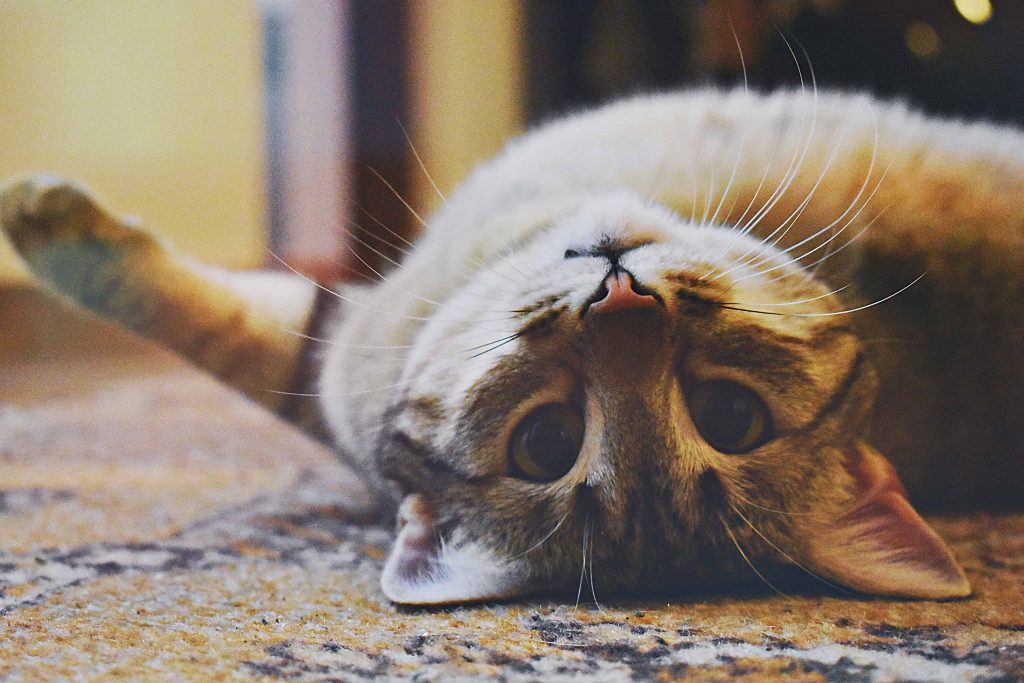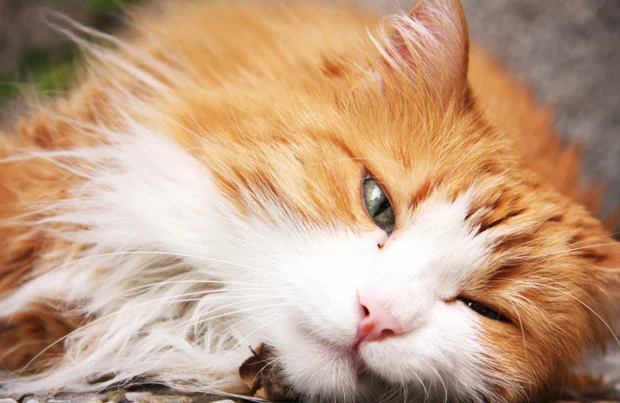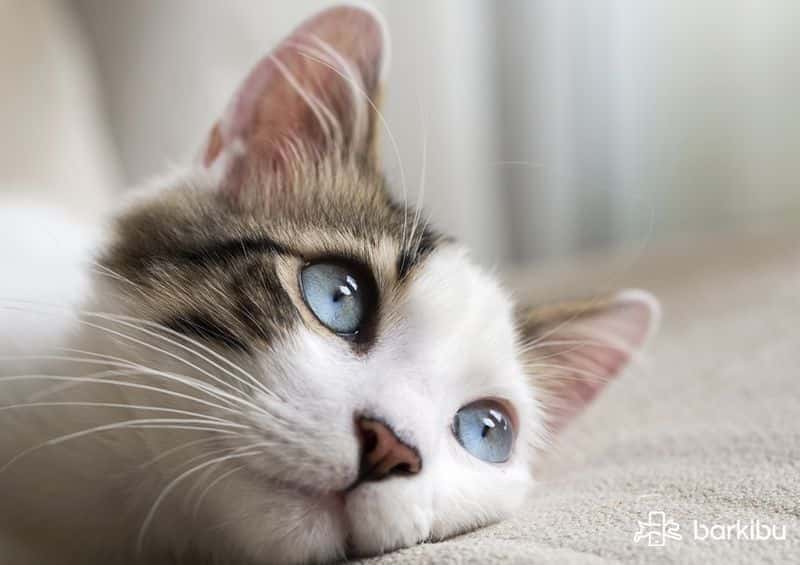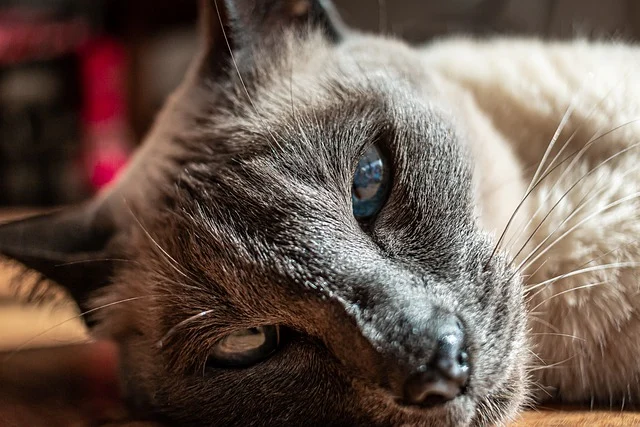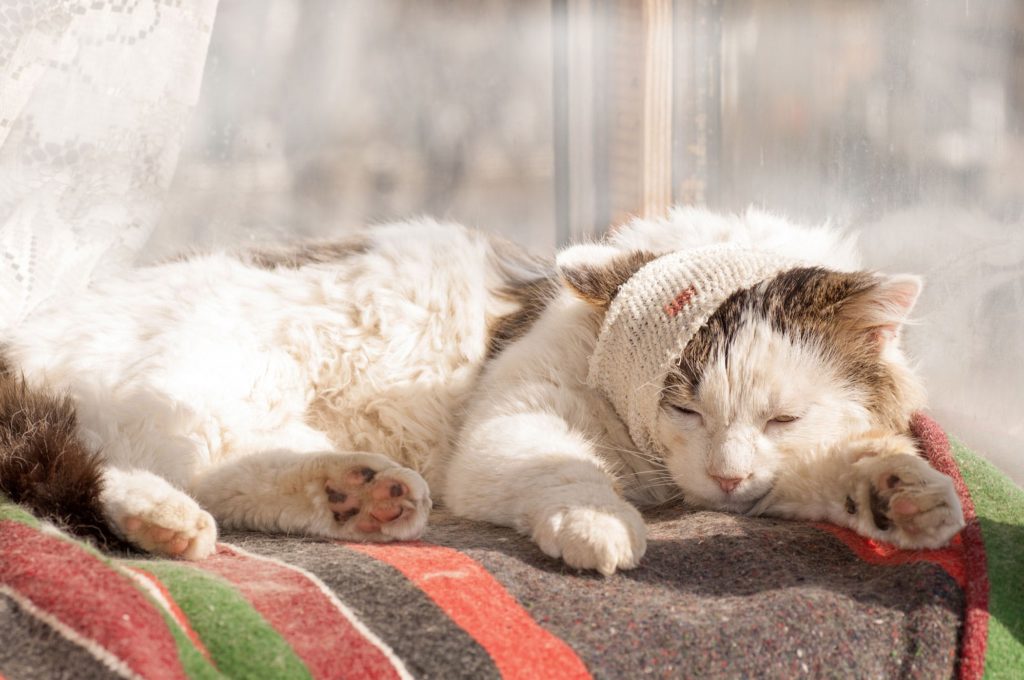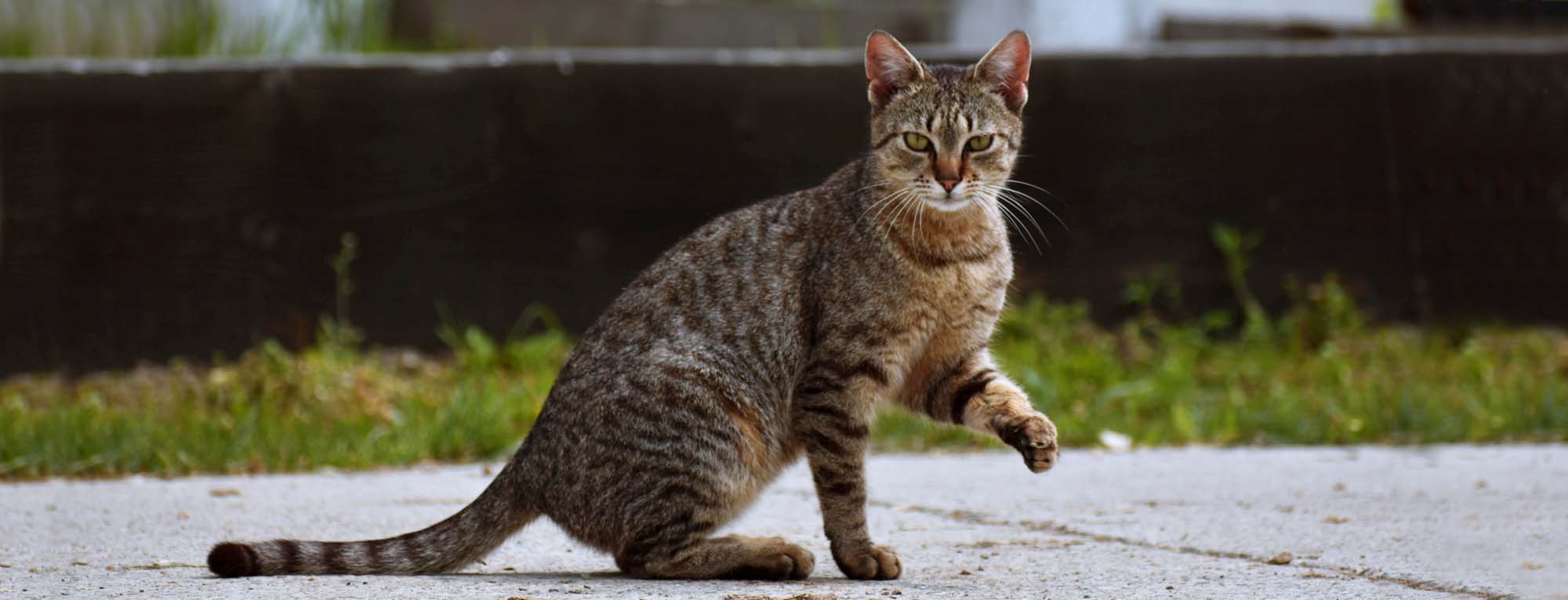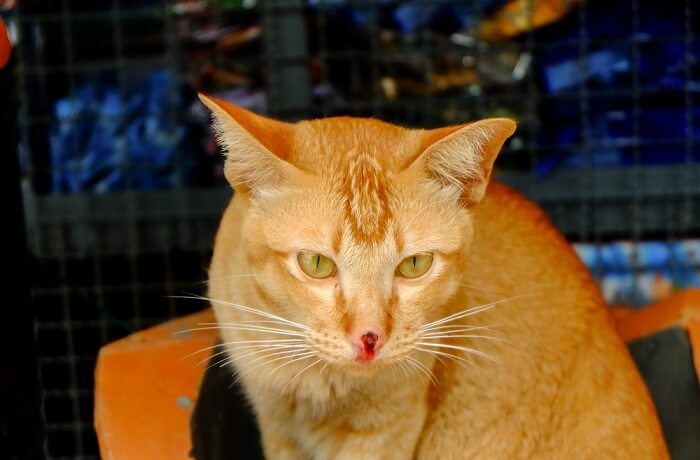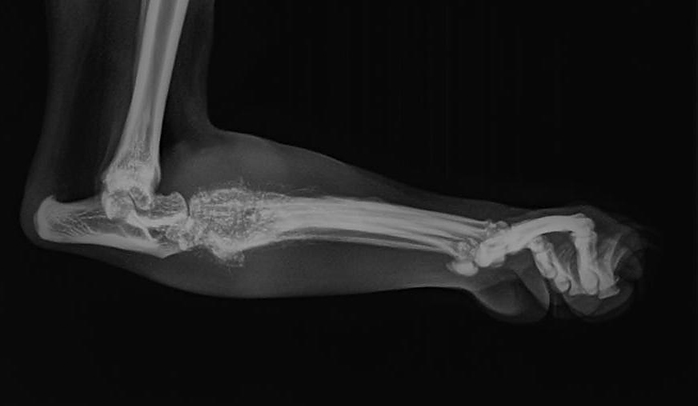Chocolate is a major health danger to cats, and if consumed in excess, can be lethal. Its intake in your cat must be avoided at all costs, what this means is that by all means, Cats Eat Chocolate should be avoided. Even a small amount of chocolate can be harmful to cats, causing symptoms such as vomiting, convulsions, and death.
Knowing what can happen if a cat consumes chocolate and what to do in that situation can save a life. It should not be consumed by cats; it is harmful to them in the same way that it is harmful to dogs.
What makes Chocolate Toxic to cats
Caffeine and theobromine, a plant alkaloid found naturally in cocoa, are two ingredients in chocolate that pose a threat to all pets. Most animals, including cats, have been shown to be toxic to theobromine. What makes it so appealing to people is also what makes it so hazardous to pets; Cats Eat Chocolate should be avoided.
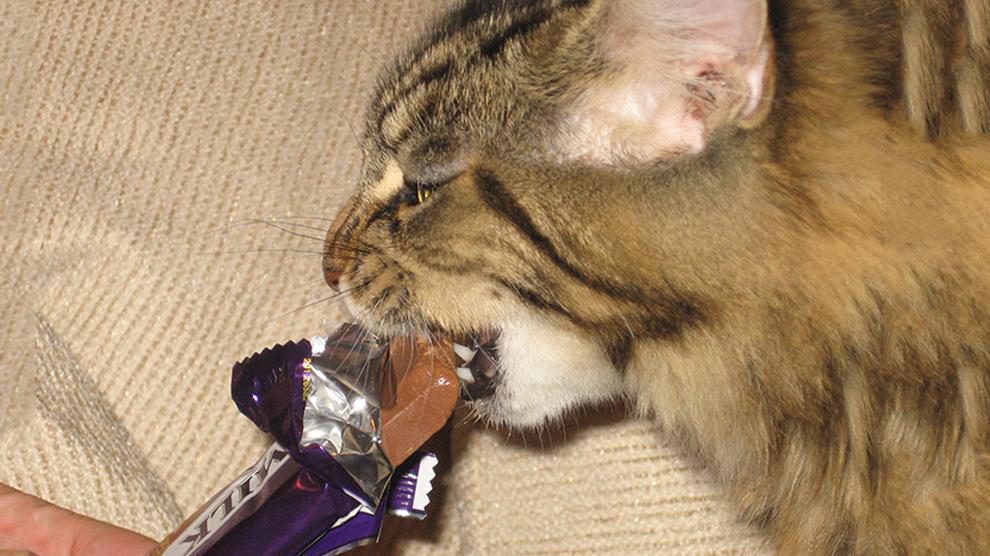
Theobromine is a compound found in choco and cocoa that is naturally metabolized in humans but not in cats or dogs. This causes a toxic build-up of the chemical, which can cause a variety of catastrophic symptoms, including liver failure. Caffeine, which is also found in it, is chemically comparable to theobromine and stimulates cats far more than humans since cats are more sensitive; Cats Eat Chocolate should be avoided.
Theobromine has a hazardous level of 200 mg/kg in cats, although different types of chocolate have varying quantities of theobromine.
The minimum amount that can be toxic to an 8 lb. cat
- 1.14 oz. milk (or 32.3 g)
- 0.5 oz. dark (or 14.2 g)
- 0.5 oz. semisweet chocolate (or 14.2 g)
- 0.2 oz. baking (or 5.7 g)
- Minor Threat: White
What type of Chocolate not to eat
Dry cocoa powder and baking chocolate, which are the most toxic due to their high levels of theobromine, dark, semi-sweet, and milk chocolate, and even white chocolate, which has a low percentage of cocoa, are all dangerous to your pet. For your cat, any amount of chocolate is too much. The level of toxicity, on the other hand, is determined by how much and what kind of substance they consume.
Can Cat Eat Chocolate Cake?
No, cats should not eat chocolate cake either. Like dogs, cats are also sensitive to theobromine, which is found in chocolate and can be toxic to them. While cats are generally less likely to be attracted to chocolate than dogs, it is still important to keep chocolate and chocolate products away from cats to prevent potential health issues.
Theobromine can cause various adverse effects in cats, including restlessness, increased heart rate, rapid breathing, tremors, vomiting, diarrhea, and potentially seizures. These symptoms can range in severity depending on the amount and type of chocolate consumed and the size and overall health of the cat.
How Much Chocolate Can Cats Eat?
Chocolate is toxic to cats and should never be given to them. Theobromine, a substance found in chocolate, is harmful to cats as their bodies cannot metabolize it effectively. Even small amounts of chocolate can cause symptoms such as vomiting, diarrhea, rapid breathing, abnormal heart rhythm, tremors, seizures, and in severe cases, it can be fatal.
It is essential to keep chocolate and other cocoa-containing products out of your cat’s reach and ensure that they are not accidentally exposed to them
Can Cats Eat Chocolate Ice Cream
No, cats should not eat chocolate ice cream or any other form of chocolate. It’s important to keep chocolate and other foods that are toxic to cats out of their reach.
Can Cats eat Chocolate Cake
No, cats should not eat chocolate cake. If you suspect that your cat has ingested chocolate or any other toxic substance, it is recommended to contact a veterinarian immediately.
Can Cats Eat Chocolate Pudding?
No, cats should not eat chocolate pudding. Chocolate contains theobromine, a substance that is toxic to cats. Even small amounts of chocolate can cause adverse effects in cats.
Puddings, in general, are not recommended for cats as they often contain ingredients that are not suitable for feline consumption, such as dairy products, sugar, and artificial additives. These ingredients can potentially upset a cat’s stomach or lead to obesity and other health issues.
Symptoms to look out for when your Cats Eat Chocolate
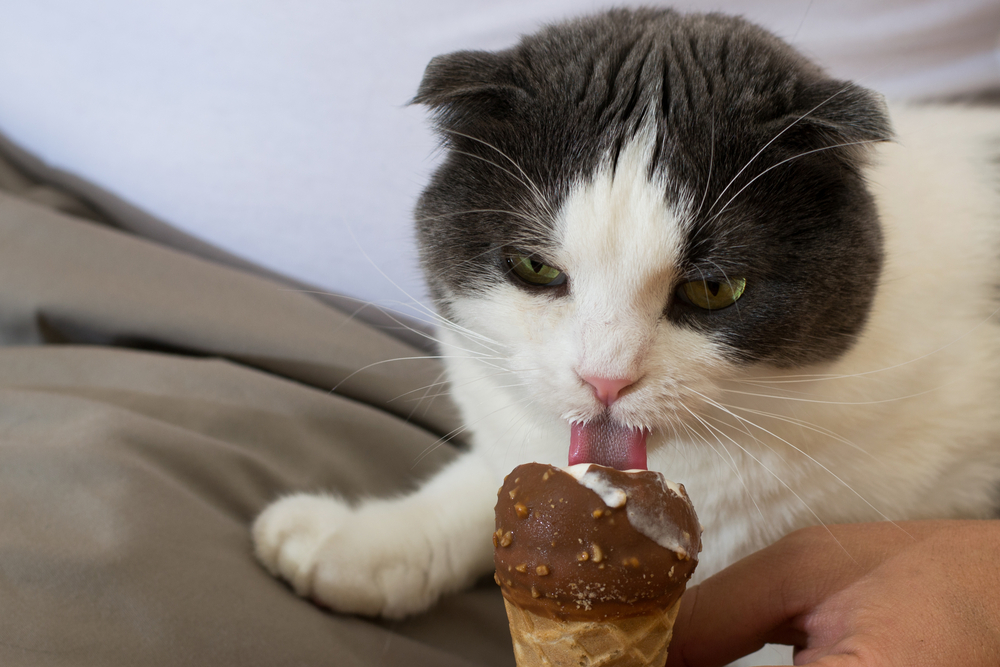
Since cats are more susceptible to the components of chocolate than humans, even a tiny amount will cause apparent indications.
- Unrest
- Vomiting
- Diarrhea
- Rapid breathing
- Rapid heart rate
- Increased temperature
- Seizures
- Muscle rigidity
- Hyperactivity
- Increased thirst
- Tremors
- Death
- Increased reflex reactions
Management on Cats Eat Chocolate
When you visit a veterinarian, they will most likely do a number of tests, including a comprehensive physical examination and the collection of a urine sample. Your veterinarian may also do an ECG (heart test) to see if your pet’s heart rate is irregular. There is no ‘treatment’ other than addressing the symptoms after they have appeared, soo by all means, Cats Eat Chocolate should be avoided. IV fluids are likely to be given, and if your cat’s liver has been impacted, he or she will be treated for liver disease.
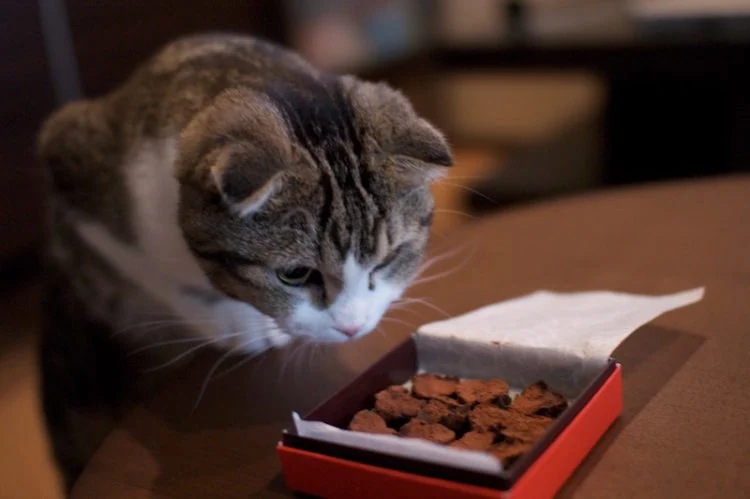
When you visit a veterinarian, they will most likely do a number of tests, including a comprehensive physical examination and the collection of a urine sample. Your veterinarian may also do an ECG (heart test) to see if your pet’s heart rate is irregular. There is no ‘treatment’ other than addressing the symptoms after they have appeared. IV fluids are likely to be given, and if your cat’s liver has been impacted, he or she will be treated for liver disease.
If your cat is at risk of chocolate poisoning, your veterinarian may recommend that you induce vomiting at home before bringing it in for an examination; Cats Eat Chocolate should be avoided. A cat will frequently vomit up the contents of its stomach after being exposed to one or two teaspoons of hydrogen peroxide. If your cat has recently consumed chocolate, this can assist in the removal of the chocolate as well as any pieces that may have been consumed.
RECOMMENDED ARTICLES
- What Is Cat Flu? Symptoms, Causes, Treatment, And Prevention
- Ragdoll Cat Breed – 6 Comprehensive Body Description, Behaviour, And Health
- Raas Cats Breed: Characteristics, Behaviour, Caring, And Health
- 13 Basic Causes of Fever In Cats, Symptoms, And Treatment
- 7 Basic Causes of Vomiting In Cats, Diagnosis, And Treatment
If you like, please share it. Sharing is usually caring.

